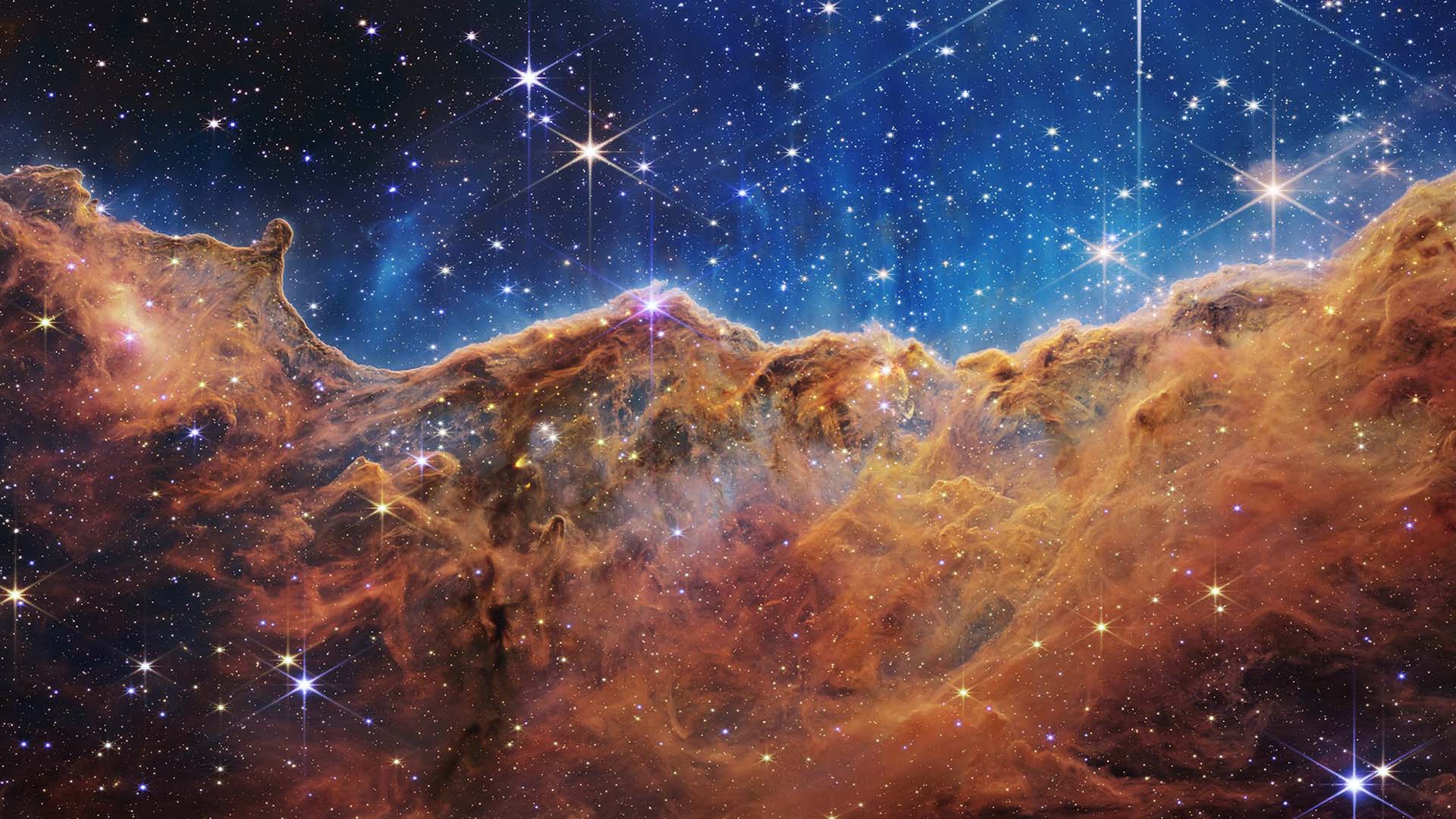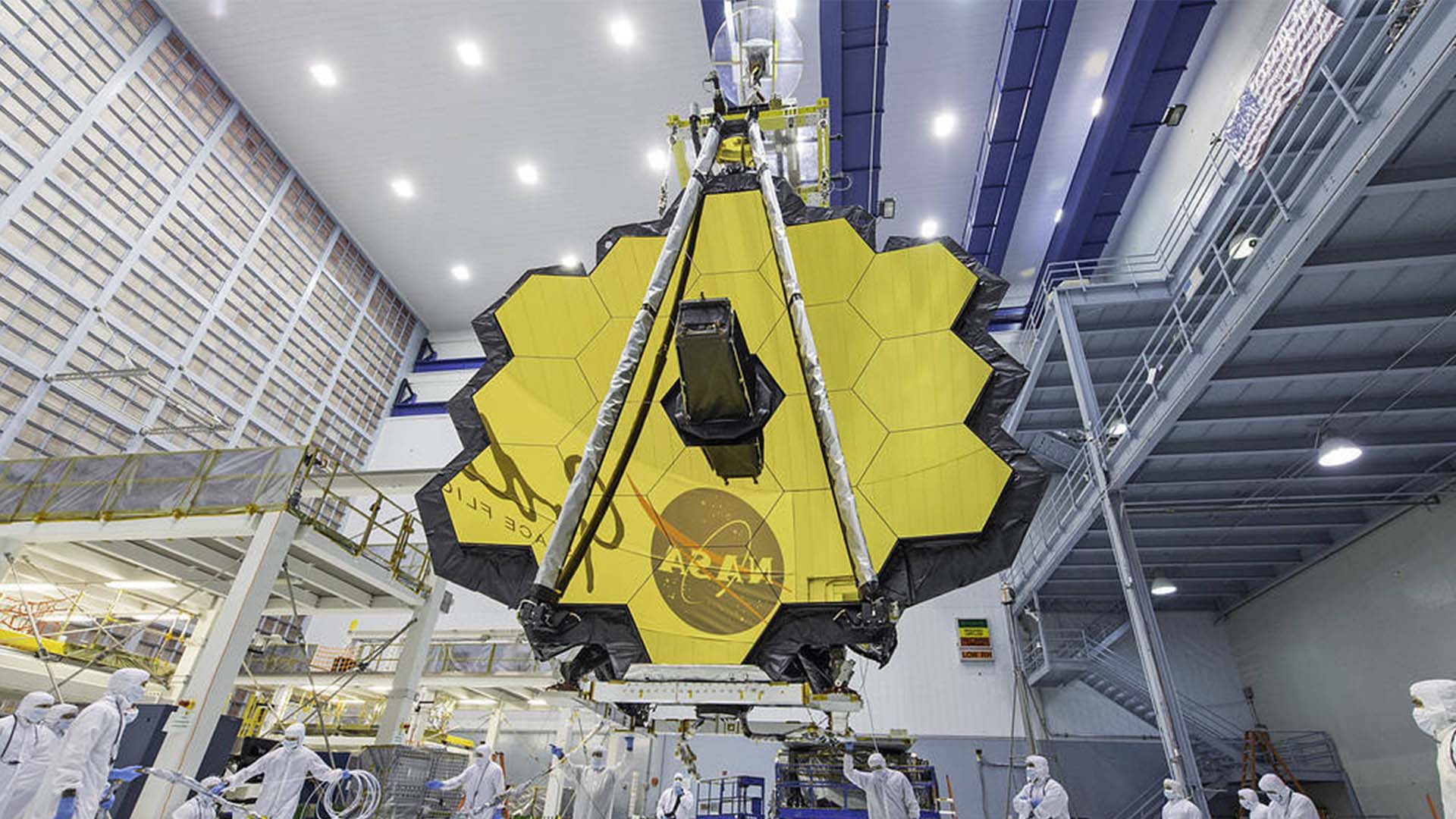In January, NASA scientists announced that the James Webb Space Telescope discovered its first exoplanet. The exoplanet, which is a planet that orbits another star, was formally classified as LHS 475 b and is almost exactly the same size as Earth.
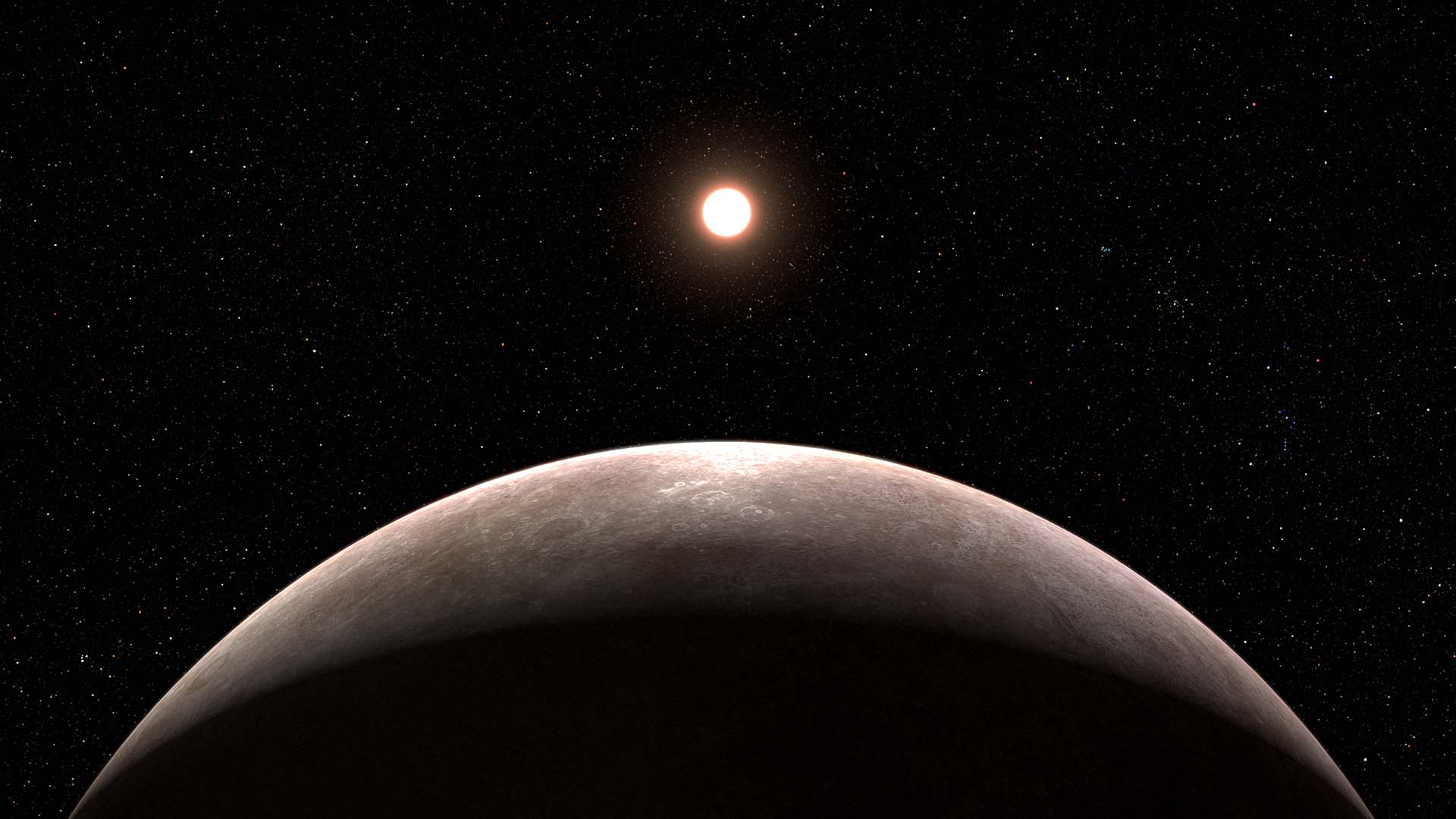
Exoplanet Discovery
The exoplanet was found after NASA’s Transiting Exoplanet Survey Satellite (TESS) hinted at the planet’s existence. Webb’s Near-Infrared Spectrograph was then able to capture the rocky planet, discovering that the planet is a few hundred degrees warmer than Earth. Webb’s precise light curve revealed that the planet completes an orbit in two days, which is much faster than any planet in the solar system.
James Webb’s Near-Infrared Spectrograph was also used to create a transmission spectrum to observe the exoplanet’s range of molecules. As the below spectrum shows, Webb did not observe a detectable quantity of any element or molecule. More precise measurements need to be taken to draw definite conclusions about the atmosphere. Researchers are scheduled for further observations this summer.
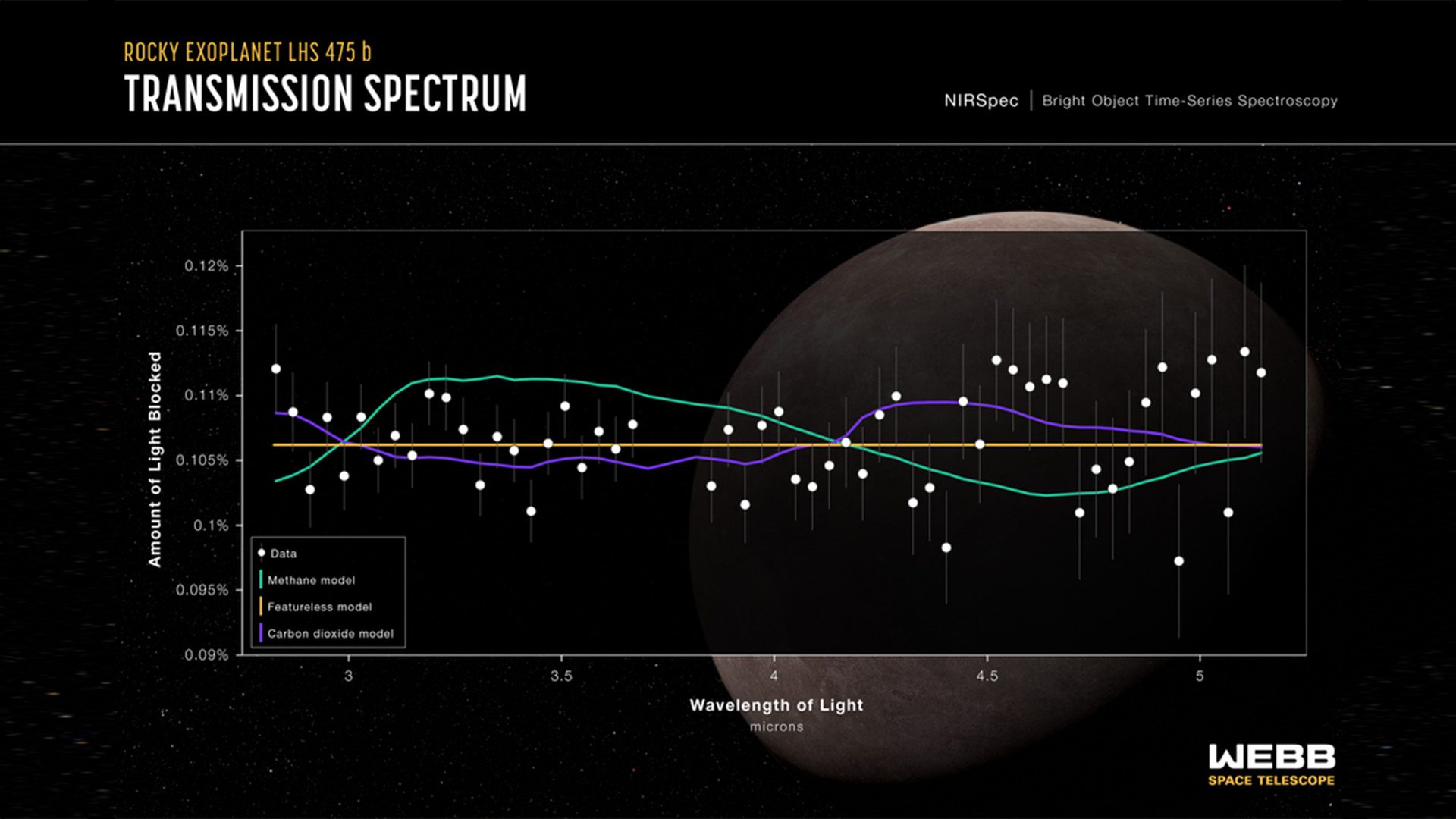
Because Webb’s first exoplanet discovery was successful, NASA scientists are optimistic about the precision of the telescope’s instruments and future exoplanet endeavors. As Mark Clampli, the Astrophysics Division director at NASA Headquarters, explained, “These first observational results from an Earth-size, rocky planet open the door to many future possibilities for studying rocky planet atmospheres with Webb.”
James Webb Space Telescope in 2023
From releasing its awe-inspiring first images to capturing a never-seen-before view of Neptune, the James Webb Space Telescope had an eventful 2022. Luckily for us, the powerful telescope has a busy 2023 planned as well, with the telescope already providing new insights into our planet this year.
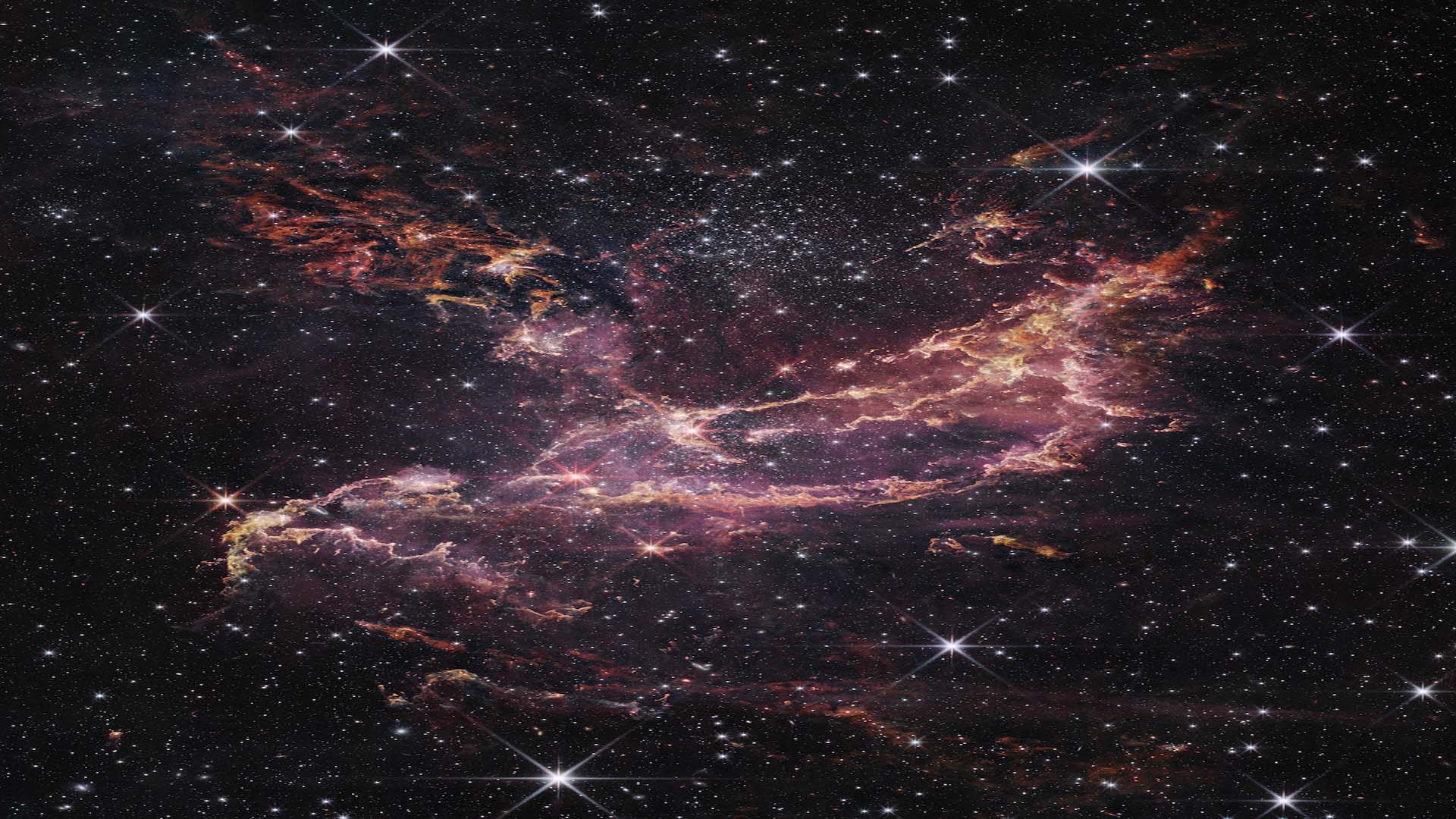
For example, the telescope peered inside NGC 346, a star-forming region located in a neighboring dwarf galaxy. Data from Webb revealed many new pockets of star formation that have never been seen, providing a window into the stars feeding within.
Additionally, the telescope imaged the inner workings of a dusty disk surrounding a nearby red dwarf star. This marks the first time the previously known disk has been imaged at these infrared wavelengths of light. It also provides clues to the composition of the disk which will help scientists search for giant planets in wide orbits.
For more James Webb Space Telescope news, check out how the telescope will change our understanding of the universe, and the telescope’s first images and stunning view of Neptune.





